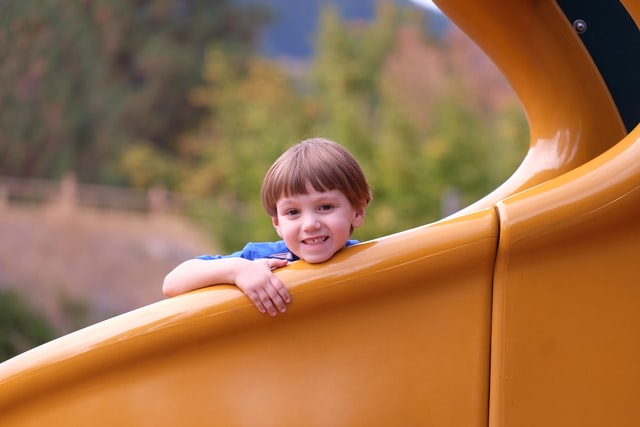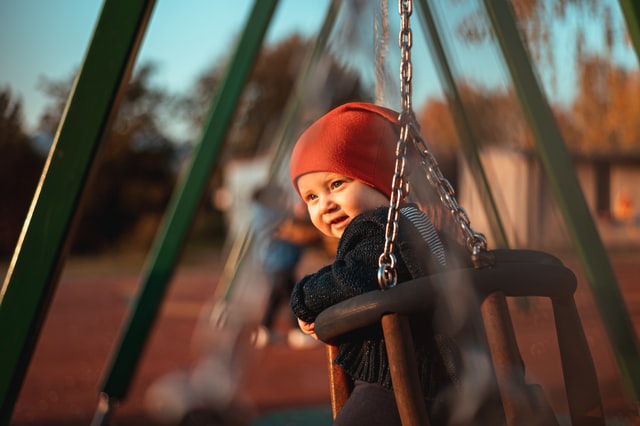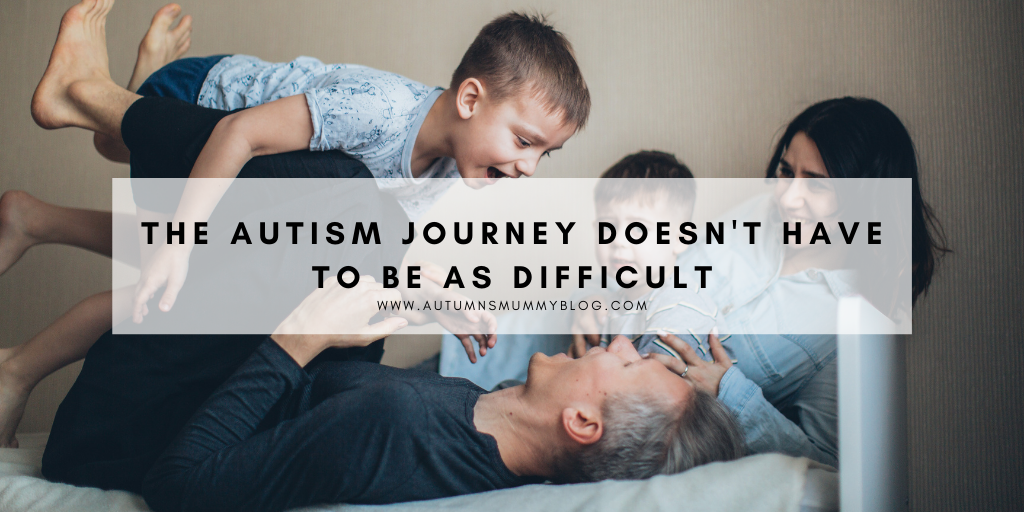Collaborative Post¦ Parenting is a difficult task – the daily demands of the children, giving up the personal needs, the existential anxieties Parental coping with an autistic child and the endless giving, all of these require a lot of mental resources. When one of the children is autistic, parenting becomes several times more challenging. Parents of autistic children are required to deal with many aspects of developmental delay, which gives its first signs as early as infancy. At this age, initial symptoms of recurrence, communication difficulties, and sensorimotor impairment appear, i.e., hypersensitivity or hypersensitivity of the senses. An autistic child may perform dangerous activities such as contact with fire or a sharp object, without identifying the source of the pain. He will have more difficulty than a normal child in expressing his distress and pointing out the cause of the distress, because of the difficulty in verbal and non-verbal communication, which can lead to tantrums and even sometimes, violence. Kindergarten autistic children tend to congregate within themselves and repeat certain activities, for example clinging to a particular game, or to a stimulus like touch or sound. It is not easy to entice these children to play with new toys or even to lay down a beloved object. At school age, additional difficulties appear, including social difficulties and difficulty in developing and using the language.

Photo: Unsplash
Early signs
Some autistic children suffer from only mild disabilities, while others are forced to overcome more complex obstacles. At the same time, every child diagnosed with autism suffers from three main areas, at least to some extent: verbal and non-verbal communication, reference to others and the world around them, and problems with thinking and behavior. The medical world is divided on the causes of autism and the optimal method of treatment, but everyone agrees on one fact: early and intensive treatment helps. Detecting early signs in children at risk can make all the difference. Do they avoid eye contact? Are they delayed in speech and other milestones? Do they respond to their name? Are they showing signs of social skills? These can be tell tale signs for such young children. It is important to note that you are never alone and there are a plethora of parents out there with the same problems as you.
Family coping
The professional literature describes the stages that characterize most families who find that their child is autistic:
Astonishment and grief – After the initial discovery, there is a stage of mourning. It takes time to digest that the child is suffering from a severe disorder that will accompany them all their life, and that the family needs to change their lifestyles and adjust to child care.
Refusal to accept the diagnosis – Mixed feelings – anger, frustration and guilt mixed with love and concern for the child.
Acceptance – a stage in which the emotions involved from the previous stage merge into a complex vision of the situation and the beginning of a search for solutions and the formation of a new way of life.
The first three stages are characterized by a storm of emotions that can manifest in quarrels between the parents and themselves and between the parents and the other children. Even in the face of the autistic child, anger and tension may erupt, which only increases the lack of communication and symptoms from which the child suffers anyway. It is therefore advisable to seek the advice of a psychologist, communication clinician or other professional who can guide the family and help them get through the initial crisis. When one reaches the fourth stage and begins to plan for the future, one should take into account the different effects of autistic child care on family members: Who will treat it? Can they fit into an educational setting? What education frameworks for autism exist? What treatments do they need and how often? Yes, there are treatments and options available. Some even include therapies, such as ABA therapy, and you should consider reading more about this.
What is ABA?
The ABA method is the most common method today for treating autistic children. The method requires the mobilization of a treatment team together with the parents and requires an investment of many hours during the week (about 30-40 hours per week). The method is based on psychological principles of simple learning. The main idea is that an action that receives positive reinforcement will repeat itself, while an action that leads to an unpleasant result or lack of response, will stop. The caregivers give the children simple instructions that divide the function into very small segments. When the child performs what is required – they receive positive reinforcement for it. After a short break they will be asked to perform the same task again, until it becomes part of their basic functions and can be moved on to the next stage.

Photo: Unsplash
Things can be difficult
Caring for an autistic child is full of ups and downs and it should be remembered that apart from the concrete engagement in building behavioral and therapeutic plans, raising an autistic child also has emotional implications. These feelings should be developed in the family circle, sometimes accompanied by a professional. Many parents, for example, suffer from guilt because they feel “genetically responsible” for transmitting the condition or because they see it as a result of poor treatment on their part. Sometimes both parents accumulate anger towards each other about how to care for the child, anger that may accumulate and erupt if they are not given a place and time to let their feelings out. Support is vital and should always be considered.
Older siblings may feel ashamed or may not want to tell people that they have an autistic sibling. This is damaging and oftentimes very sad. The child who does not have autism may also feel left out. Sometimes they feel neglected because the parents invest so much time and resources in caring for the other child. Sometimes it tends to be kept as a private secret of the small family, but rather the participation of extended family members, friends and acquaintances can help both relieve the burden on the family and create a suitable social climate for the autistic child.
Other methods
A method of treatment that has become in demand in recent years among people with autism and their families is therapeutic cycling. According to studies, therapeutic riding significantly helps and improves the communication and leadership impairments of autistic adults and children. Also, another treatment that helps with the typical communication problems in people with autism and also calms their minds is hydrotherapy treatment, a water pool treatment, which is performed in a warm and relaxing environment. Other treatment methods can be found within the framework of complementary medicine, including naturopathic treatment that helps in compiling a menu that adheres to proper nutrition for people with autism, treatment through homeopathy and more. If they need special schools, this should also be considered but above all, communication and love are among the most important things for children with autism. It is not the end of the road to hear about an autism diagnosis but it is important to ensure that their needs are met as early on as possible to ensure that they can thrive as much as possible. This will encourage everyone involved.
Disclosure: This is a collaborative post.
